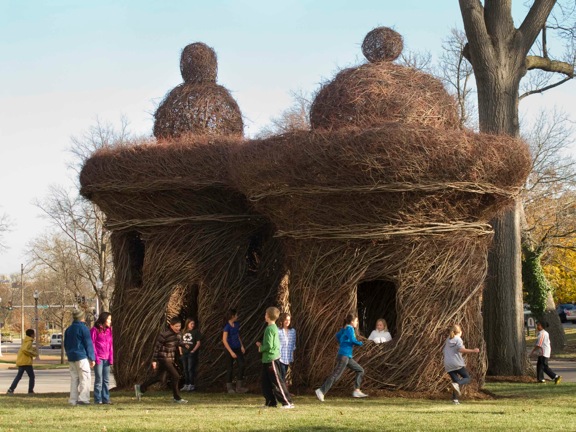
Double or Nothing (2011) Washington University, St Louis, MO. Photo: Chandler Curlee
by Thomas Hardy of Vero Vommuniqué
Stickwork at McKee Botanical Garden: Where did Patrick Dougherty Develop His Passion for Transforming Trees and Twigs into one-of-a-kind Creations?
And, Three Photos of the Construction of the McKee Exhibit that have Never Been Published Photos.
This is the first in a three part series on the “Stickwork” created by world-renowned artist Patrick Dougherty.
In this article we are writing about how, in his own words, Patrick developed his passion for transforming trees and twigs into one-of-a kind creations. Then we will review how his exhibit at McKee came to be followed by another on the “mechanics” of his artwork.
Patrick’s sister, Kate Farrell, once wrote: “Patrick, the eldest of five and a born outdoorsman, led the rest of us on countless forest expeditions.
Even back then he brought to his wanderings a love of nature and a knack for “dwelling in possibility” – an aptitude that would prove as useful for creating art as for exploring a forest — and his urge to build left a long trail of forts, tree houses, lean-tos, and hideouts.”
“I have come to believe that one’s childhood shapes a sculptor’s choice of his or her materials,” says Mr. Dougherty. “For me it was growing up in the woodlands of North Carolina, which are overgrown with small trees and where forests are a tangle of intersecting natural lines. For me, tree branches and saplings have the rich associations with childhood play and with the shelters built by animals. Picking up a stick and bending it seems to give me big ideas.”
I have noticed that adults conceive and think in completed objects, whereas children often use imagination to complete the picture. In my case, childhood play centered on a dogwood grove, located a block from our family home. In this special place, my brothers, sisters and I played out a hundred lifetimes. Two sticks laid at a right angle became more than a castle with walls and turrets. Piles of leaves were transformed into furniture fit for kings.
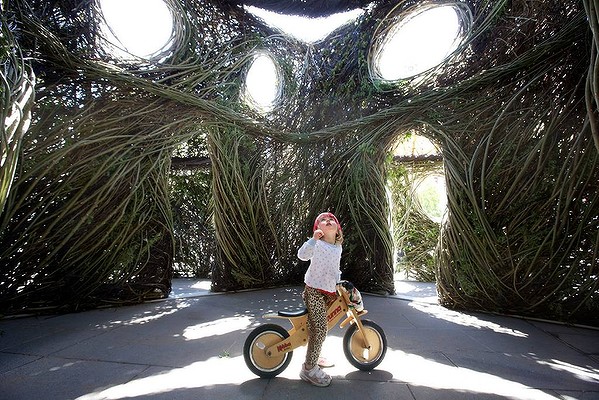
Minerva Ender looking up at Patrick Dougherty’s Stickwork sculpture in Melbourne, Australia.
I have always loved to make things. When I was young, I would often surprise my mother with statements like, “Mom, I could make that,” about anything from a pair of shoes to a cupboard. After an initial career choice of hospital administration, I decided that the pull of making was too strong and found myself at the University of North Carolina Art Department in the early 1980’s enrolling in sculpture courses.”
Such it is that Patrick used his background in sculpture with his love for children, trees and sticks, to returning to his roots, so to speak, where he grew up in the woodlands of North Carolina.
His project at McKee began on January 6, 2016 and was completed on January 24. Here are three never been published on the construction of his “Stickwork” art at the McKee Botanical Garden.
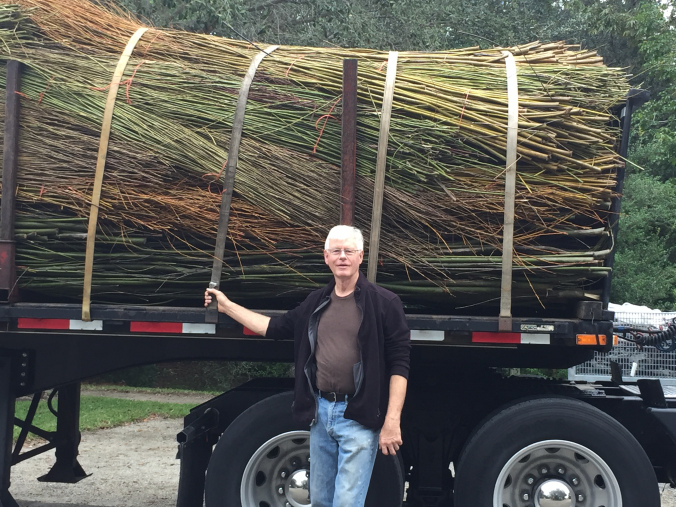
Patrick Dougherty with arriving twigs.
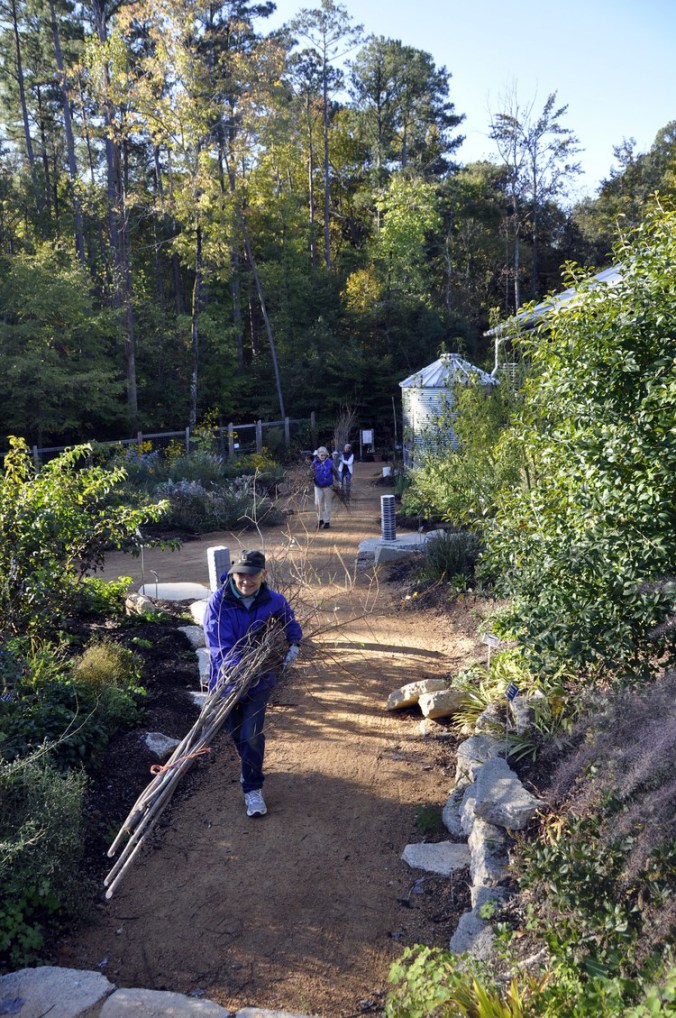
Twigs being carried to the project site
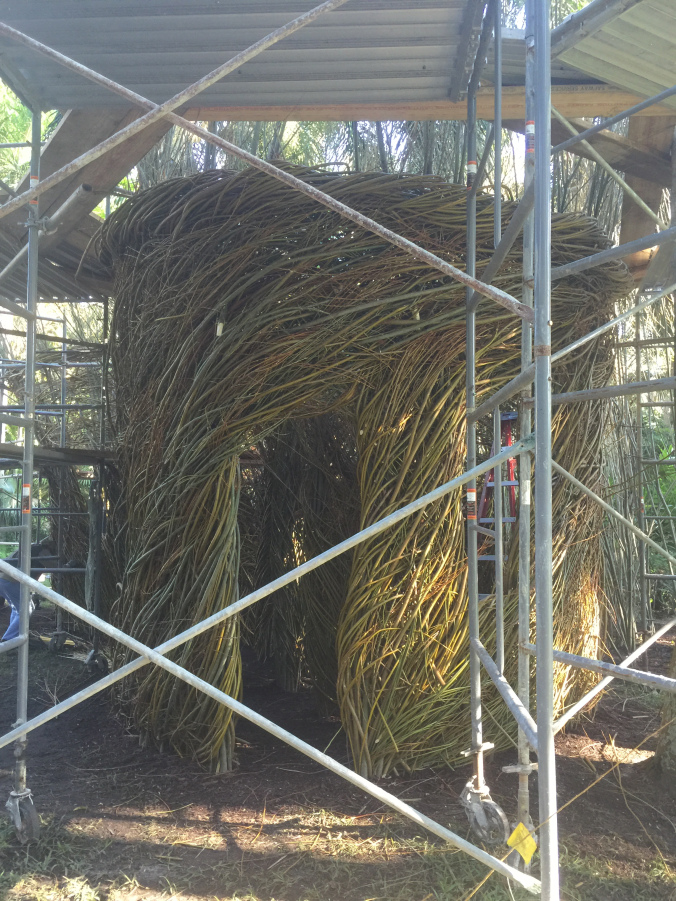
Work-in-progress
Once Again, Aren’t Indian River County Taxpayers Entitled to Know How Much it Cost the Indian River Medical Center to Settle it’s Lawsuit with the Sebastian River Medical Center?
So when the Sebastian River Medical Center (SRMC) sued the Indian River Medical Center (IRMC) over the hiring of it’s CEO Steve Salyer as IRMC’s COO, IRMC was dealing with a Fortune 500 company. Read More.
One Million of Florida’s Children Live in Poverty; It is Estimated 2.5 Million Florida Women will Experience Domestic Violence.
 In Florida, according to FCAC’s Interim Report, one million of Florida’s children live in poverty.
In Florida, according to FCAC’s Interim Report, one million of Florida’s children live in poverty.
More than 18% of Floridians are 65 and older, and 350,000 elder Floridians will suffer emotional or physical treatment or some sort of neglect.
Many veterans who served in combat zones are now confronting civil legal problems as they adjust to life back home. Read More.
- Part Three: A Little Bit About the Mechanics of Patrick Dougherty’s “Stickwork” Environmental Sculptures - February 11, 2016
- Part Two: How Did the Patrick Dougherty’s “Stickwork” Exhibition Come to be at the McKee Botanical Garden? - February 5, 2016
- Part One: Patrick’s Work with Children at Play - January 28, 2016

